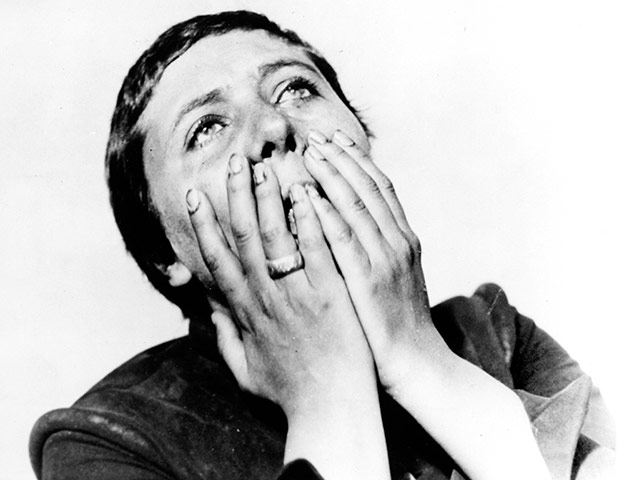
Turtle Point Press, NYC, 1996
Jeanne d’Arc was the original rebel teen, liberating France from the English before being played, betrayed, set up and murdered by the boys’ club. There are countless books, films and plays analysing her mercurial complexity, military skill and charismatic image; the definitive study is Marina Warner’s Joan of Arc: The Image of Female Heroism. But in these unembellished trial transcripts, Joan’s own words demonstrate why she was a legend in her own lifetime. The medieval warrior icon/religious fanatic backchats, swaggers, jokes and argues rings around her interrogators Photograph: Ronald Grant Archive
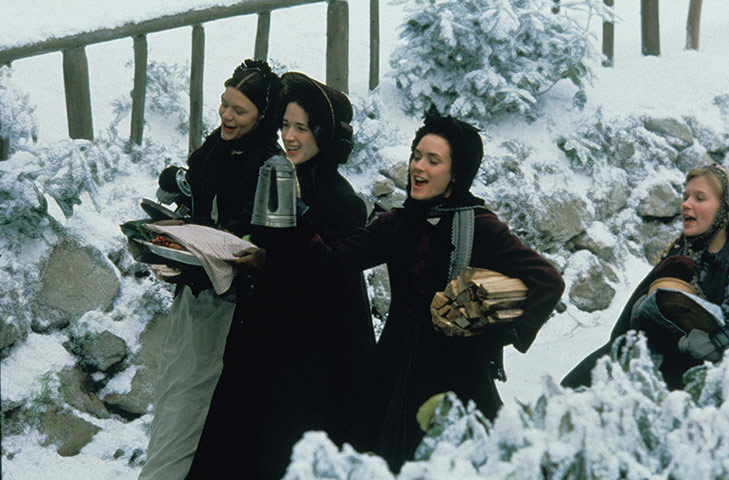
Louisa May Alcott 1868
Don’t let the bonnets fool you. This classic about four sisters is a savage black comedy disguised as a pinafore fancy. The author brutally debunks the notion that feminine submission and integrity will be rewarded: good sister Beth dies, housewifey sister Meg goes all Feminine Mystique with drudgery and boredom, bimbo Amy winds up with himbo Laurie, and writer Jo has to flog her own hair to a wigmaker and marry some weird random Svengali type to survive. Women can’t have it all – or, indeed, anything – Alcott hints slyly, under all the cuteness Photograph: Moviestore Collection/Rex Features
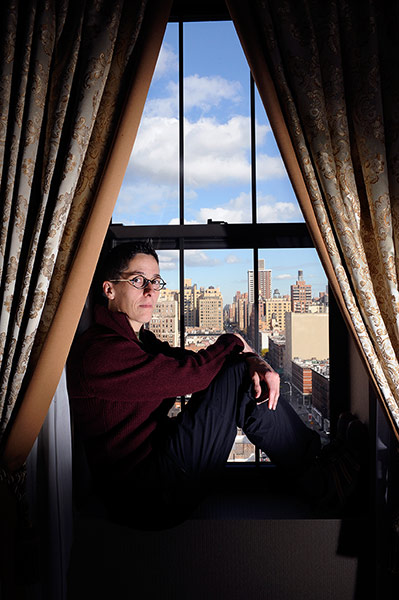
Alison Bechdel 2008
This is the hip cartoon strip that made the career of this much-loved graphic artist, wry commentator and celebrated inventor of the Bechdel Test (does a film have two women characters, with names, speaking to each other, not about a man?). This is a whip-smart portrait of a generation’s political and personal “deals”. It’s like a queer Friends for cool people, written by Mae West with an acidic hangover. Essential Dykes… was instrumental to the now widespread cultural acceptance of comic art and graphic novels Photograph: Andrew Testa
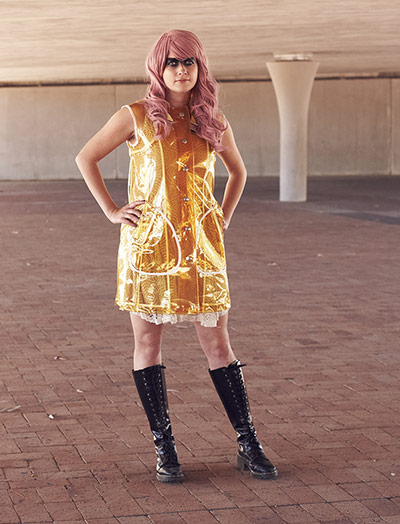
Lauren Beukes 2013
A guy’s killing women all over town and all over time-space, until one woman decides that she’s just not going to take it any more. She turns detective and reclaims her power. This urban joyride from the award-winning author of Zoo City is both a sizzling urban fantasy and a satisfying revenge plot, bloodthirsty and righteous. A vindication of victims, an indictment of male violence, a fightback and a page-turner, it became a cult classic as soon as it came out. Its brilliance lies in its interweaving of slick language, pummelling action and social conscience, pulp and politics Photograph: Ulrich Knoblauch
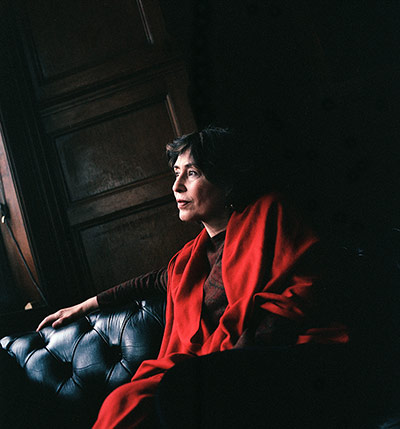
Azar Nafisi 2003
This is a book that reminds us how poignant and positive it is when women get in a room together. Reading Lolita… is about a secret book group in Iran; through their discussion of classic novels the women gradually reveal details of their own lives and create a rebels’ space of artistic and emotional freedom. Azar Nafisi’s memoir is a testimony to the power of reading, an example of cultural resistance and a tribute to the honesty with which women speak among themselves. It’s universally applicable in its reflection of everyday oppression and the defiance and creativity it engenders Photograph: Karen Robinson
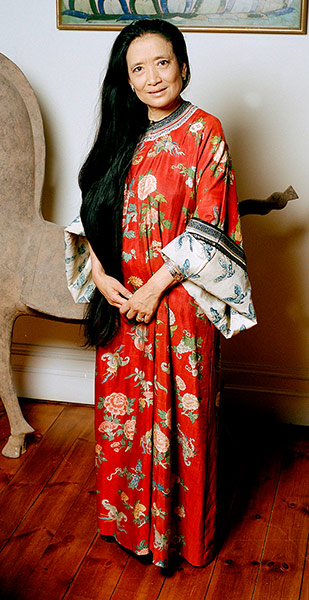
Jung Chang 1991
Jung Chang demonstrates with exquisite grace and deep understanding the centrality of women in all areas of cultural and political life. Written as a family history, this is also a definitive recent account of China across three generations of Chinese women’s lives and it sparkles with the human characters, near misses and contingent moments that make up political history. Wild Swans prompted imitations all over the world, revealing readers’ passion for learning about other women’s lives and proving that women’s experiences are just as representative of a nation’s story as men’s Photograph: Eamonn McCabe
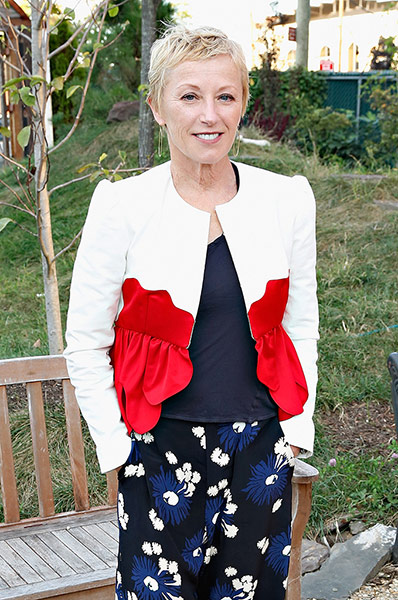
Cindy Sherman 2003
The vamp, the tramp, the bitch, the snitch, the dolly, the lush, the lunatic, the liar, the mummy, the babe, the crone, the bimbo, the ballbreaker. In these impeccably shot images, New York artist Cindy Sherman adopts the cliched forms of western popular culture’s female archetypes. All are demeaning, limited, pejorative, historically created by men and applied to women. It is infuriating how little has changed, enraging how viciously faux stereotypes are made then used against us – but Sherman’s chameleonic brilliance both thrills and disturbs Photograph: Cindy Ord/Getty Images
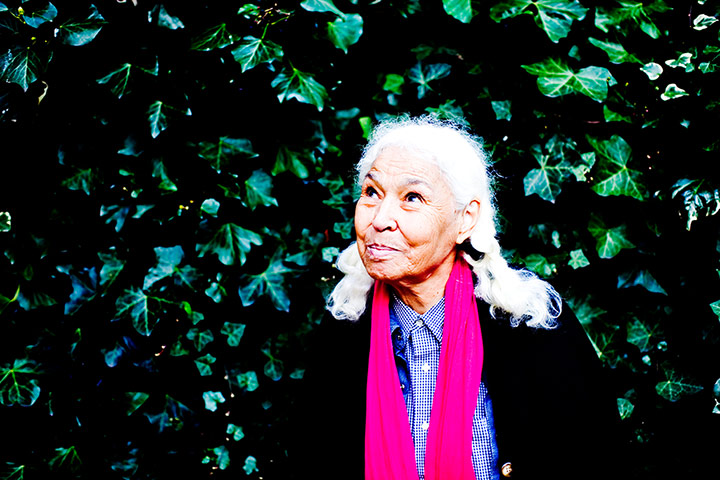
Nawal el-Saadawi 1980
Many Middle East commentators, including Mona Eltahawy, Ahdaf Soueif, Rachel Shabi, Joumana Haddad and Shereen El-Feki, have emerged since this book came out, but this Nobel winner’s work remains a vital masterpiece. It strips bare the double standard against women, denounces female genital mutilation and reveals the extent of violence against women in the Arab world. Yet the experiences described are of universal significance and topicality, affecting women in all cultures and all parts of the world including western Europe and America Photograph: Felix Clay
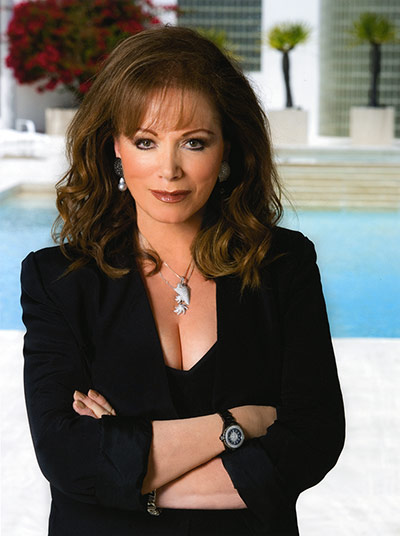
Jackie Collins 2011
Anyone who doesn’t love Jackie must have a heart of stone because her heroines have ovaries of solid steel. Her website says: “She’ll keep you up all night” and I believe it: Collins is a rollicking storyteller whose Amazonian women speak fearlessly in bold type (and, indeed, respond favourably to bold types). Goddess of Vengeance is about Lucky Santangelo, troubled child turned self-made woman. Imagine Scarlett O’Hara without the dubious racial politics. This strutting blockbuster sweats attitude and, looking at the sales figures, poops gold Photograph: PR
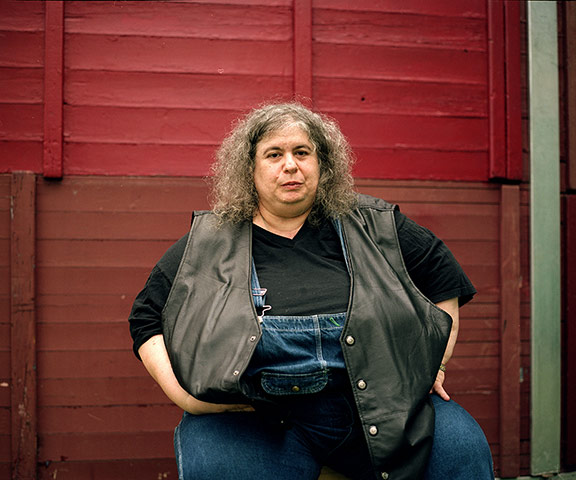
Andrea Dworkin 1987
Couldn’t end without some proper radical feminism from my hero. Dworkin was a soaring, stylish writer who spoke true and was vilified for it. The rise of the religious right, the rolling back of American abortion rights, the pornification of women: Dworkin predicted it all. With laser insight and exhilarating prose, Intercourse examines sex and gender, never softening its brilliant interpretations out of feminine politeness. Read it and feel that prickle of discomfort when she hits a nerve that reaches right into your most intimate relationships Photograph: Murdo Macleod

